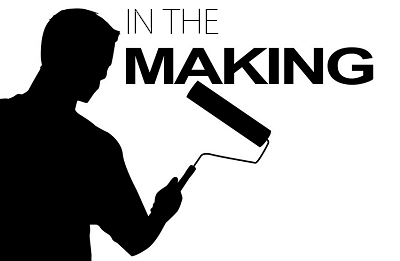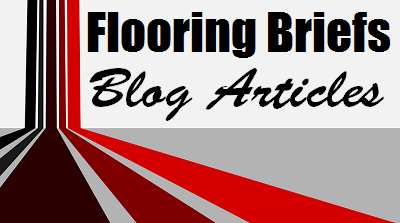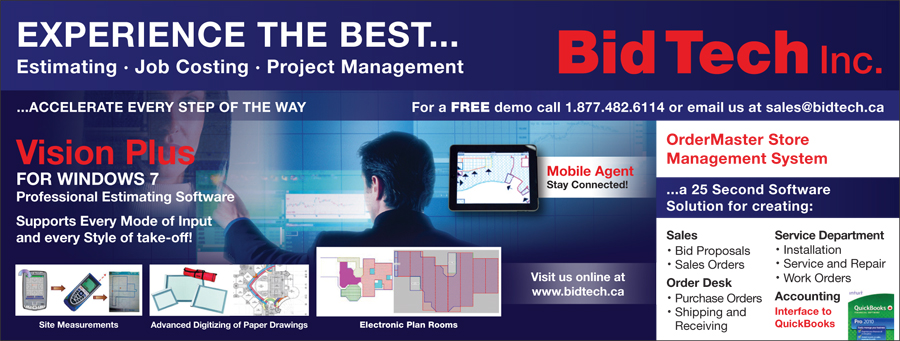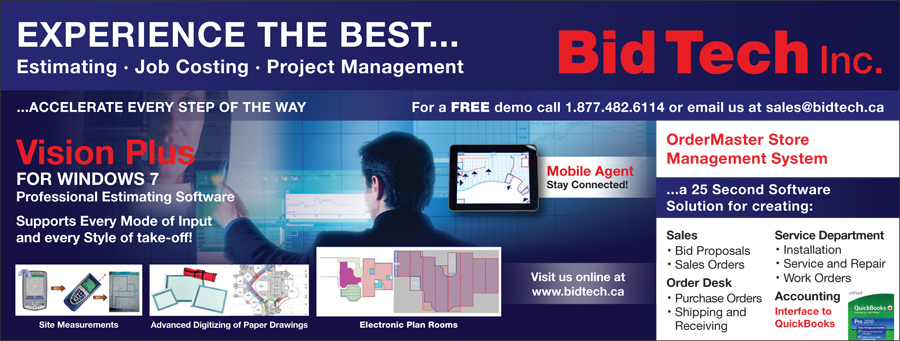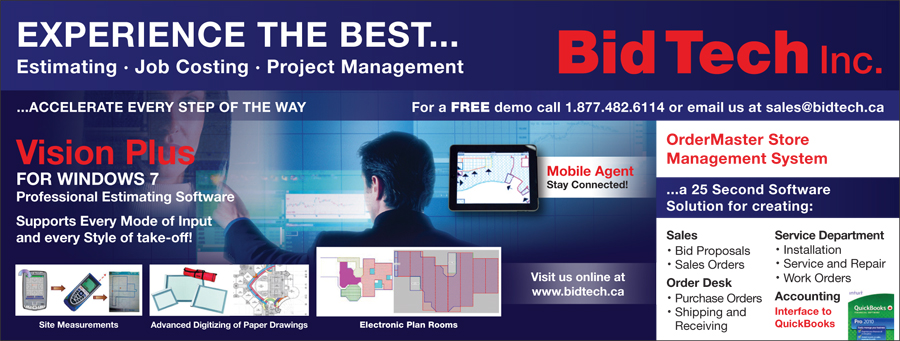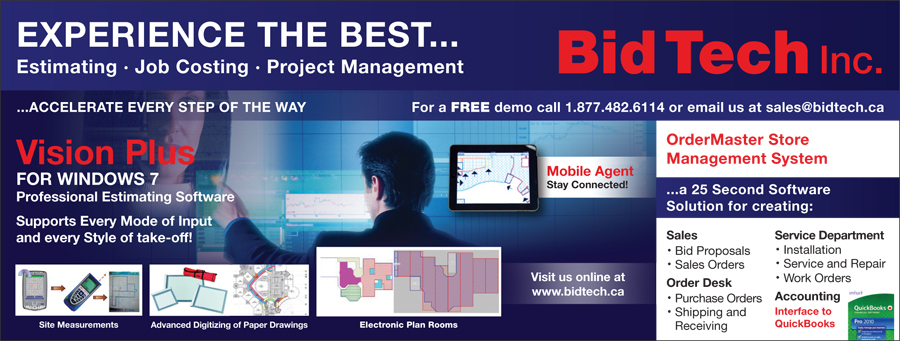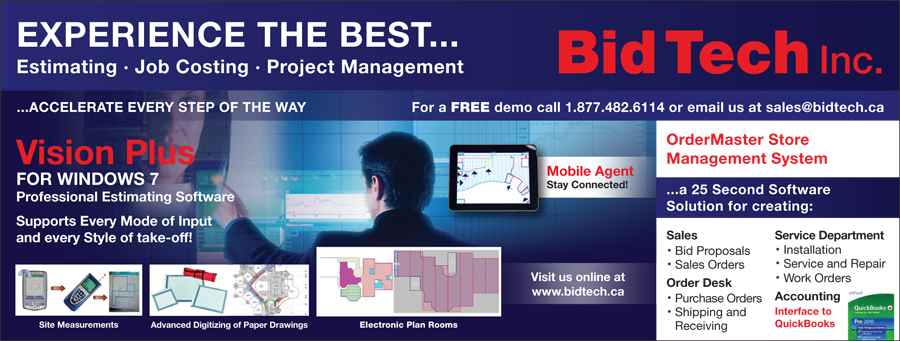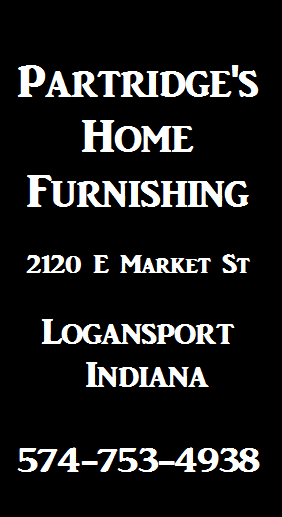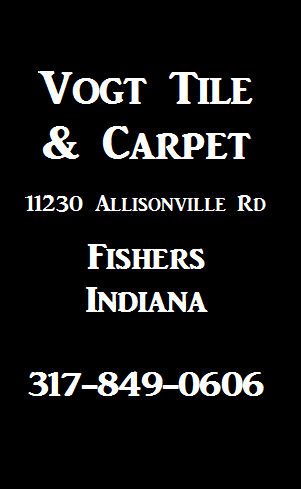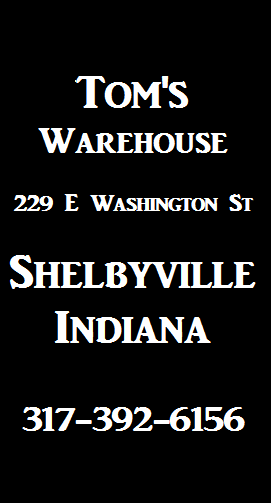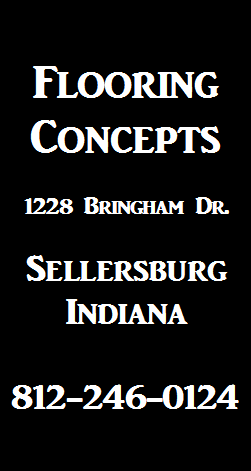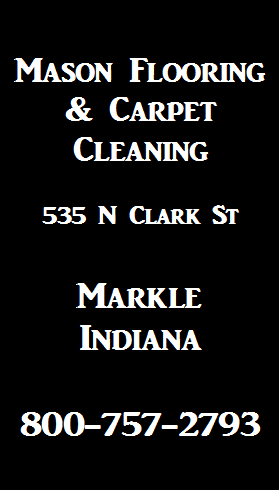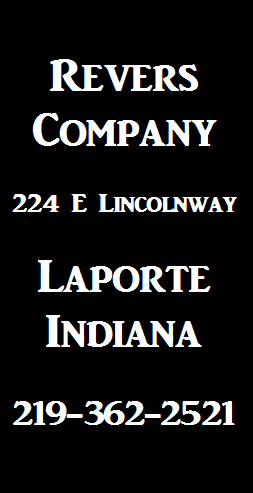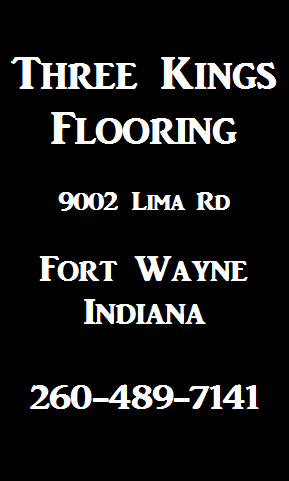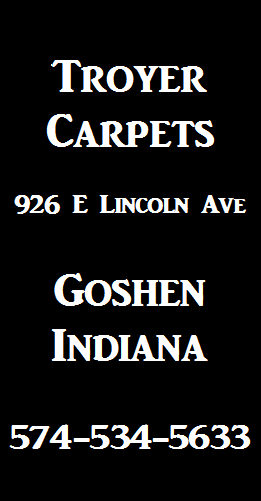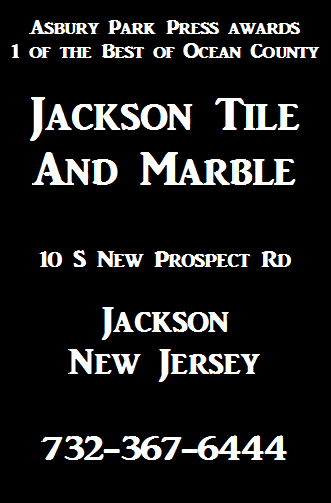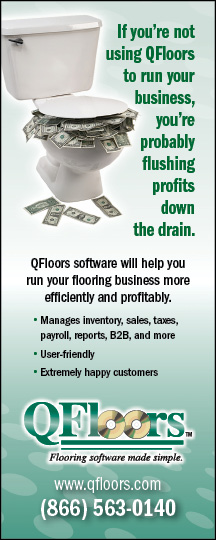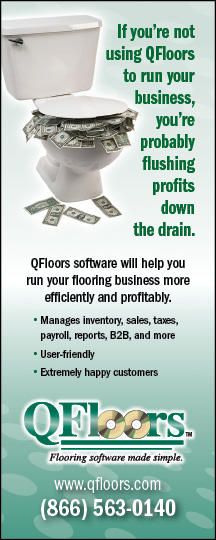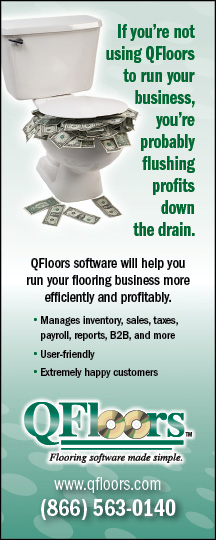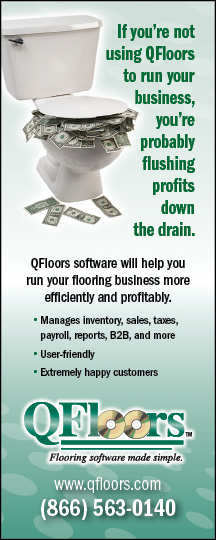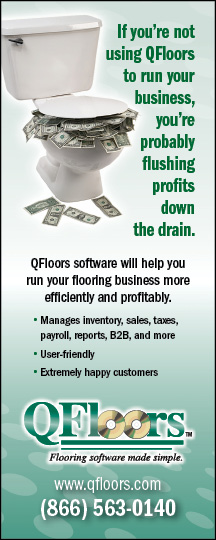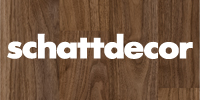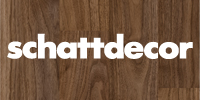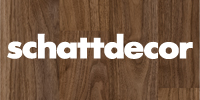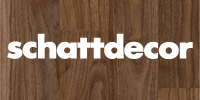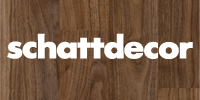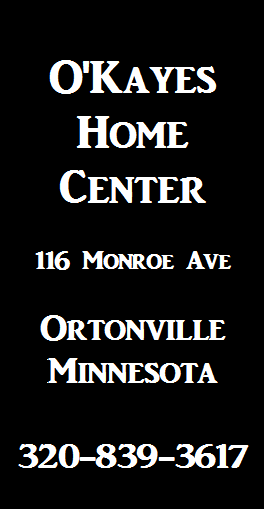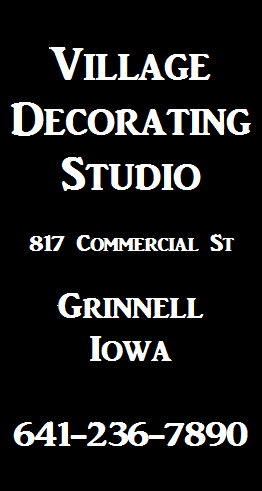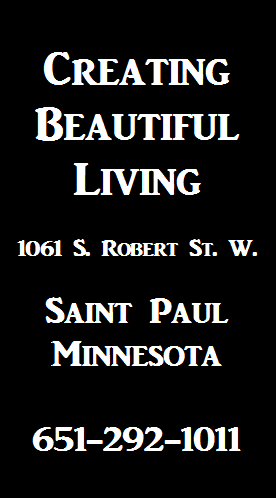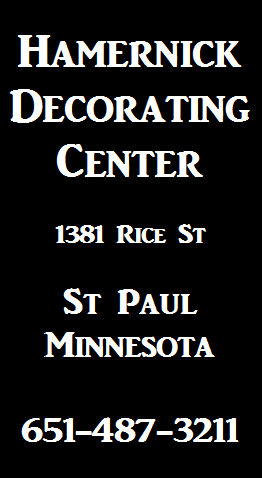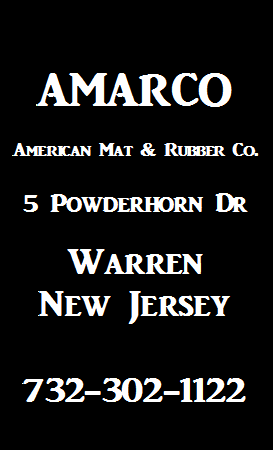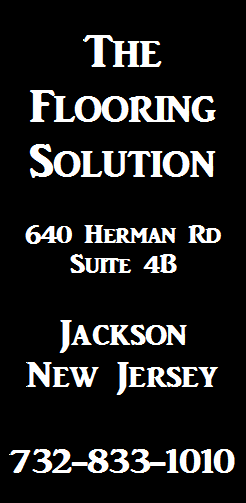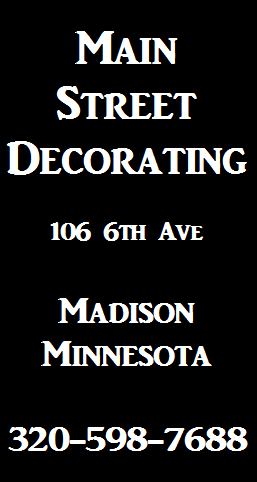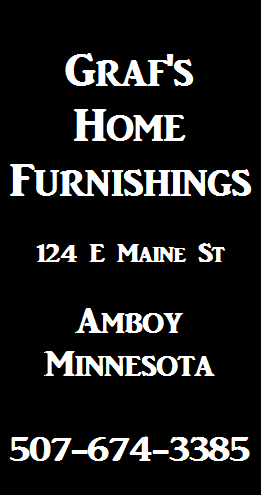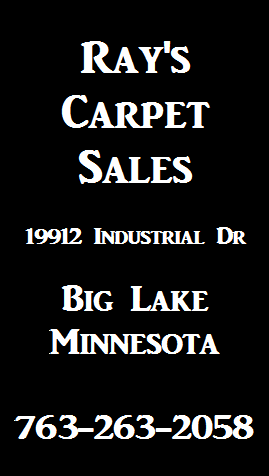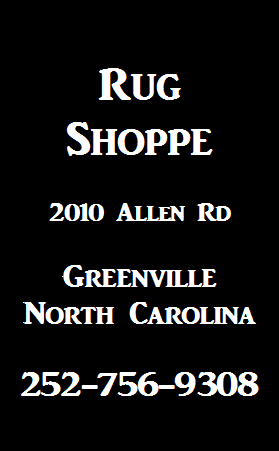

The May segment of the spotlight series, about flooring industry software, focuses on barcoding software; integrated in inventory management systems.
For consumers, this segment defines barcoding, includes a story about the inventors and the purposes barcoding served, is serving and may soon serve.
For business owners, this segment includes information about making it easier to locate, to track and to manage inventory in and out of their warehouses.
For sales professionals, this segment introduces: Selling Software Smart, a future feature about differentiating software brands from the rival competitors.
We begin the segment of flooring industry software about barcoding with an introduction to barcoding technology, which includes an informative section about HD Barcodes™, a technical definition of barcodes, a conceptual review of barcoding technology, a history about the evolution of barcoding crediting a food chain executive who inspired a graduate student to eventually discover a means of making barcoding possible and conceptual advances the student made, prior to discovering the practical applications for barcode technology. So, what is barcoding? How was it devised? Who is credited for its invention?
For the technically savvy, who know precisely how this functionality works, barcoding is defined as an optical, machine-readable, representation of data, relating to objects to which they are attached. On November 15, 2012, Dynamic Systems Inc. described Bar coding as "a form of keyless data entry allowing for the automatic identification and collection of data. This is often referred to as Auto ID or AIDC (automatic identification and data collection)."
For the rest of us, whose eyes glazed over the above paragraph, barcoding integrated into inventory management systems is 'GPS for the warehouse'.
Below is an informative history about barcoding and how the barcoding concept was devised. Readers are provided insights into how barcoding evolved from an abstract theoretical concept to an actual practical application.
In 1948, when Bernard Silver was a graduate student at the Drexel Institute of Technology in Philadelphia, Pennsylvania (USA), he overheard the president of one of the local food chains at the time (Food Fair) asking one of the deans to research a system with the capacity to automatically read the product information, as shoppers checkout, at the register. Silver shared what he had heard with his friend Norman Joseph Woodland. They were inspired and began work on prototypes for what are barcode systems today; one had to be abandoned after the cost prohibitive, ultraviolet ink used faded far too easily.
Convinced the system was workable with further development, Woodland decided to leave Drexel, move into his father's apartment in Florida, and continue working on the system. His next inspiration came from Morse code, and he formed his first barcode from sand on the beach. "I just extended the dots and dashes downwards and made narrow lines and wide lines out of them." To read them, he adapted technology from optical soundtracks in movies, using a 500-watt incandescent light bulb shining through the paper onto an RCA935 photomultiplier tube (from a movie projector) on the far side. He later decided that the system would work better if it were printed as a circle instead of a line, allowing it to be scanned in any direction.
October 20, 1949, Woodland and Silver filed a patent application for "Classifying Apparatus and Method", in which they described both the linear and bullseye printing patterns, as well as the mechanical and electronic systems that were needed to read the code. The patent was issued October 7, 1952, as US Patent 2,612,994. In 1951, Woodland moved to IBM and continually tried to interest IBM in developing the system. The company eventually commissioned a report on the idea, which concluded that it was both feasible and interesting, but that processing the resulting information would require equipment that was some time off in the future. While IBM had offered to purchase the patent, the offer the company made was not enough. Eventually, Philco purchased their patent in 1962. Sometime thereafter, Philco sold the patent they purchased from Woodland and Silver to RCA.
During his time as an undergraduate, David Collins worked at the Pennsylvania Railroad and became aware of the need to automatically identify railroad cars. Immediately after receiving his master's degree from MIT in 1959, he started work at GTE Sylvania and began addressing the problem. He developed a system called KarTrak using blue and red reflective stripes attached to the side of the cars, encoding a six-digit company identifier and a four-digit car number. Light reflected off the stripes was fed into one of two photomultipliers, filtered for blue or red.
An early use of one particular type of barcode -in an industrial context- was sponsored by the Association of American Railroads in the late 1960s. Developed by General Telephone and Electronics (GTE) and called KarTrak ACI (Automatic Car Identification), this scheme involved placing colored stripes in various combinations on steel plates which were affixed to the sides of railroad rolling stock. Two plates were used per car, one on each side, with the arrangement of the colored stripes representing things such as ownership, type of equipment, and identification number. The plates were "read" by a trackside scanner located, for instance, at the entrance to a classification yard while the car was moving past.
The Boston and Maine Railroad tested the KarTrak system on their gravel cars in 1961. The tests continued until 1967, when the Association of American Railroads (AAR) selected it as a standard, Automatic Car Identification, across the entire North American fleet. The installations began on October 10, 1967. However, the economic downturn and rash of bankruptcies in the industry in the early 1970s greatly slowed the rollout, and it was not until 1974 that 95% of the fleet was labeled. To add to its woes, the system was found to be easily fooled by dirt in certain applications, which greatly affected accuracy. The AAR abandoned the system in the late 1970s, and it was not until the mid-1980s that they introduced a similar system, this time based on radio tags.
The railway project had failed, but a toll bridge in New Jersey requested a similar system so that it could quickly scan for cars that had purchased a monthly pass. Then the U.S. Post Office requested a system to track trucks entering and leaving their facilities. These applications required special retroreflector labels. Finally, Kal Kan asked the Sylvania team for a simpler (and cheaper) version which they could put on cases of pet food for inventory control.
In 1967, with the railway system maturing, Collins went to management looking for funding for a project to develop a black-and-white version of the code for other industries. They declined, saying that the railway project was large enough and they saw no need to branch out so quickly.
Collins then quit Sylvania and formed Computer Identics Corporation. Computer Identics started working with helium–neon lasers in place of light bulbs, scanning with a mirror to locate the barcode anywhere up to several feet in front of the scanner. This made the entire process much simpler and more reliable, as well as allowing it to deal with damaged labels by reading the intact portions.
Computer Identics Corporation installed one of its first two scanning systems in the spring of 1969 at a General Motors (Buick) factory in Flint, Michigan. The system was used to identify a dozen types of transmissions moving on an overhead conveyor from production to shipping. The other scanning system was installed at General Trading Company's distribution center in Carlstadt, New Jersey to direct shipments to the proper loading bay.
In 1966 the National Association of Food Chains (NAFC) held a meeting where they discussed the idea of automated checkout systems. RCA had purchased rights to the original Woodland patent, attended the meeting and initiated an internal project to develop a system based on the bullseye code. The Kroger grocery chain volunteered to test it.
In mid-1970s, the NAFC established the U.S. Supermarket Ad Hoc Committee on a Uniform Grocery Product Code, which set guidelines for barcode development and created a symbol selection subcommittee to help standardize the approach. In cooperation with consulting firm McKinsey & Co., they developed a standardized 11-digit code to identify any product. The committee then sent out a contract tender to develop a barcode system to print and read the code. The request went to Singer, National Cash Register (NCR), Litton Industries, RCA, Pitney-Bowes, IBM and many others. A wide variety of barcode approaches were studied, including linear codes, RCA's bullseye concentric circle code, starburst patterns and others.
In the spring of 1971 RCA demonstrated their bullseye code at another industry meeting. IBM executives at the meeting noticed the crowds at the RCA booth and immediately developed their own system. IBM marketing specialist Alec Jablonover remembered that the company still employed Woodland, and he established a new facility in North Carolina to lead development.
In July 1972 RCA began an eighteen-month test in a Kroger store in Cincinnati. Barcodes were printed on small pieces of adhesive paper, and attached by hand by store employees when they were adding price tags. The code proved to have a serious problem. During printing, presses sometimes smear ink in the direction the paper is running, rendering the code unreadable in most orientations. A linear code, like the one being developed by Woodland at IBM, however, was printed in the direction of the stripes, so extra ink simply makes the code "taller" while remaining readable, and on April 3, 1973 the IBM UPC was selected by NAFC as their standard. IBM had designed five versions of the UPC symbology for future industry requirements: UPC A, B, C, D, and E.
NCR installed a testbed system at Marsh's Supermarket in Troy, Ohio, near the factory that was producing the equipment. On June 26, 1974, Clyde Dawson pulled a 10-pack of Wrigley's Juicy Fruit gum out of his basket and it was scanned by Sharon Buchanan at 8:01 am. The pack of gum and the receipt are now on display in the Smithsonian Institution. It was the first commercial appearance of the UPC.
In 1971 IBM had assembled a team for an intensive planning session, day after day, 12 to 18 hours a day, to thrash out how the whole system might operate and to schedule a roll-out plan. By 1973 they were meeting with grocery manufacturers to introduce the symbol that would need to be printed on the packaging or labels of all of their products. There were no cost savings for a grocery to use it unless at least 70% of the grocery's products had the barcode printed on the product by the manufacturer. IBM was projecting that 75% would be needed in 1975. Even though that was achieved, there were still scanning machines in fewer than 200 grocery stores by 1977.

Barcodes became commercially successful when they were used to automate supermarket checkout systems, a task for which they are now almost universal. Their use has spread to many other tasks that are generically referred to as automatic identification and data capture (AIDC).

Clicking here redirects to a blog article about the first barcode,
which was used in 1974, on a pack of Wrigley Chewing Gum.
The very first scanning of the now ubiquitous Universal Product Code (UPC) barcode was on a pack of Wrigley Company chewing gum in June 1974. Other systems have made inroads in the AIDC market, but the simplicity, universality and low cost of barcodes has limited the role of these other systems until the 2000s (decade), over 40 years after the introduction of the commercial barcode, with the introduction of technologies such as radio frequency identification, or RFID.
Economic studies conducted for the grocery industry committee projected over $40 million in savings to the industry from scanning by the mid-1970s. Those numbers were not achieved in that time-frame and some predicted the demise of barcode scanning. The usefulness of the barcode required the adoption of expensive scanners by a critical mass of retailers while manufacturers simultaneously adopted barcode labels. Neither wanted to move first and results were not promising for the first couple of years, with Business Week proclaiming "The Supermarket Scanner That Failed."
Experience with barcode scanning in those stores revealed additional benefits. The detailed sales information acquired by the new systems allowed greater responsiveness to customer needs. This was reflected in the fact that about 5 weeks after installing barcode scanners, sales in grocery stores typically started climbing and eventually leveled off at a 10–12% increase in sales that never dropped off. There also was a 1–2% decrease in operating cost for the stores that enabled them to lower prices to increase market share. It was shown in the field that the return on investment for a barcode scanner was 41.5%. By 1980, 8,000 stores per year were converting.
In 1981, the United States Department of Defense adopted the use of Code 39 for marking all products sold to the United States military. This system, Logistics Applications of Automated Marking and Reading Symbols (LOGMARS), is still used by DoD and is widely viewed as the catalyst for widespread adoption of barcoding in industrial uses.
The global public launch of the barcode was greeted with minor skepticism from conspiracy theorists, who considered barcodes to be an intrusive surveillance technology, and from some Christians who thought the codes hid the number 666, representing the number of the beast. Television host Phil Donahue described barcodes as a "corporate plot against consumers".
Barcoding Systems

Barcodes initially represented data by varying widths and spacings of parallel lines, referred to as linear or one-dimensional (1D); until they evolved into rectangles, dots, hexagons and geometric patterns in two dimensions (2D). The entire range of symbols used by 2D systems are referred to as bar codes. Barcodes were scanned by special optical scanners called barcode readers; until scanners and interpretive software replaced readers that are available on devices such as desktop printers and smartphones.
A barcode system is a network of hardware and software, which primarily consists of mobile computers, printers, handheld scanners, infrastructure, and supporting software. Barcode systems are used to automate data collection; where hand recording is neither timely or cost effective. Notably, barcoding systems are not radio-frequency identification (RFID) systems; even though the companies that provide barcode equipment commonly provide RFID equipment and even though many companies use both technologies, as part of larger resource management systems.
With an understanding of the bar code, a cursory review of barcoding systems and a history of how barcoding systems are evolving, it is time to discuss barcoding hardware and barcoding software; integrated into inventory management systems for select suppliers serving the flooring industry.
With respect to barcoding hardware, of all the brands manufactured for use in barcoding systems -there is a range of them- the most widely recognized brand of handheld scanners and mobile computers is Symbol, a division of Motorola. Other recognized brands include: Intermec, HHP (Hand Held Products), Microscan Systems, Unitech, Metrologic, PSC and PANMOBIL.
Barcoding software is more challenging to find; unlike the range of barcoding hardware on the market. Notably, some ERP, MRP, and other inventory management software have built in support for barcode reading; some even permit the software to run directly on a mobile computer. Besides full management software, there are more than a few software development kits on the market, which permit the developer to produce custom mobile interfaces; that handle the 'connect' to the database. One is RFgen; another is PeopleVox. Developing a custom software solution is a viable alternative; using a language such as C++, C#, Java, Visual Basic.NET, and many others.
Developing a custom interface using software such as RFgen or developing new, specialized software is the most effective method because this approach permits the client to create signature applications; fitted to their specifications.
Featuring: HD Barcodes™
"Barcode technology has taken a quantum leap forward with the introduction of the HD barcode and its ability to embed 175 times more data than DataMatrix or QR codes!", according to completeinspectionsystems.net, which informs readers about an all inclusive proprietary barcode, which does not require an Internet connection to scan and read. In fact, HD Barcodes™ could even be custom configured to allow only authorized personnel the ability to scan them. When issues arose with digital barcode counterfeiting, which placed users at risk of being deceived, UV Micro Dots allowed users to distinguish between authentic barcodes and counterfeit ones.

The above illustration demonstrates an example of an HD Barcode™, which is placed on an authentic and counterfeit product part. The HD Barcode™ is scanned and displays the authentic product image for comparison, including the location information of covert UV Micro Dots that were embedded within the product label. The counterfeit product part is quickly revealed as the authentic label image from the HD Barcode™ but does not match and the UV Micro Dots are missing from the counterfeit label. A trio of dots is what allows users to differentiate between authentic HD Barcodes™ and conterfeit.

Inventory Management Systems, with barcoding solutions
Larger volume-manufacturers, distributors and retailers rely on inventory managements systems with integrated barcoding software; to track items purchased from their suppliers and resold to customers. These suppliers have warehouses that resemble small cities. Pickers tasked to locate items -within these warehouses- rely on inventory management systems, with integrated barcoding software.
IMS users, beneficiaries of integrated barcoding solutions

Ed Lint,
President
Lindsay Delaney,
Director of Sales
111 Notch Lane,
Wendel PA 15691
800-245-5564
ldelaney@linttile.com
www.lintile.com
Wendal, Pennsylvania-based Lint Tile, a ceramic tile importer and distributor has been routinely using Wireless Warehousing, Comp-U-Floor's inventory management system with integrated barcoding software since 2004 to track the company's tile and porcelain products; according to Mr. Ed Lint, President. Mr. Lint describes Wireless Warehousing "Just great!". "Pickers scanning bins for inventory levels order with PDA's. With the Wireless Warehousing, one (1) box too many or too light is one of few mistakes the software can make." Efficient software is extremely important to Lint Tile, a high volume company. According to Mr. Lint, their sales team reported they sold 160,000 square feet of ceramic tile in just one day -the day of this interview- Friday, May 30, 2014.
Lindsay Delaney, Director of Sales leads this performance-driven sales force.
Lint Tile has its ups and downs and credits Comp-U-Floor for being there when needed after a tornado hit the company's building, which affected the software.
"Edgar had his team up here the very next day. It was not long before we were up and running again." That team was led by Edgar Aya's son, Alex Aya, Comp-U-Floor's Vice President. "It was not long before all issues were resolved." Lint Tile stocks between 10-12 million square feet of tile in a huge warehouse with narrow racking systems. The company is notably running a special promotion this month called the 'Quick Ship Program', which promises next day delivery Monday to Thursday for all porcelain tile orders booked no later than 2:00 PM. Five (5) series; 23 colors; multiple formats; Mosaics for each series and color. Products ordered on Friday delivered Monday. Lint Tile carries Atlantis, Tile Armor, setting materials, sample displays and hardwood.



Joseph Frank, CEO
Anita Gutierrez, Manager
214 Ditmas Avenue,
Brooklyn, NY 11218
Main: 718-941-4200
Direct: 718-907-1311
joseph@kanecarpet.com
sales@kanecarpet.com
http://kanecarpet.com
www.qualitycarpethomebrooklyn.com
Quality Carpet, the Brooklyn, New York-headquartered retail flooring supplier and Kane Carpet, the Calhoun, Georgia-based wholesale flooring supplier plugged in with the Comp-U-Floor System on January 1, 2003. It was a smooth transition from the pen and paper counts. Mr. Joseph Frank can count himself as one of the few CEO's who annually participate in a manual inventory of over 200,000 square feet of product over a 4 day period; including Mr. Frank, his brother and a detail-oriented warehouse crew of 4.
It was this kind of hands on approach that contributed measurably to the growth and the significantly sharp increase inventory levels, which needed to be managed more efficiently. So a couple of years later, at some point in 2005, an executive decision was made to upgrade the Comp-U-Floor system to include Wireless Warehousing; an inventory management software with barcoding solutions. When Mr. Frank was asked what he and his team liked most about Wireless Warehousing, he got right to the point by simply replying "we know where our inventory is!" and elaborated, "what's not to like?!"
Point taken. With the pen and paper approach to inventory management, it required the same amount of time to count just a fraction of the inventory, with less accuracy. Mr Frank remarked "the system is good for troubleshooting. Time stamps document precisely when the last inventory was used for reconciliation." Mr. Frank shared examples where Com-U-Floor's Wireless Warehousing demonstrated its worth. Some time ago, there was a situation where a particular roll of carpet in the warehouse was supposed to measure 60 feet mysteriously measured only 15 feet. Thanks for Comp-U-Floor's Wireless Warehousing, the discrepency was found. This kind of accuracy Mr. Frank astutely pointed out "makes people more congnicent of what they are doing and more responsible." Comp-U-Floor's Wireless Warehousing is used mainly for their inventory management. Other aspects of the system Mr. Frank admits are somewhat underutilized.
Nine years later. Mr. Frank recalls experiencing one serious issue with the Comp-U-Floor System involving an integration issue with the company's banking software; addressed and properly resolved, and done so over the weekend, before the next business week. Mr Frank explained the companies' servers in Brooklyn, New York connect remotely to their distribution center in Calhoun, Georgia. Comp-U-Floor's Wireless Warehousing with barcoding solutions is installed at the company's Calhoun warehouse; distribution center.

David Nicely, President
Jim Smith, Manager
5175 W. Diablo Drive
Las Vegas, NV
480-358-5561
jim@seamlessflooring.org
www.seamlessflooring.com
This Las Vegas, Nevada-based supplier is a well-respected, flooring specialist; in the fast-pased, full-of-surprises, always-changing, never-say-no, apartment industry, according to their website. With a staff of combined experience of over 30 years, they understand what it takes to service apartment communities. Apartment communites turn to them, as their vendor of choice. To achieve and sustain this high expectation, in service to the multi-family apartment industry, this popular supplier routinely depends on Comp-U-Floor's Wireless Warehousing, an inventory management systems equipped with integrated barcoding solutions, which is installed at their Las Vegas warehouse. "When the system was installed, there was a lot of property information, such as apartment unit data, which had to be loaded up to the database; there was a bit of a learning curve for the staff in order to learn the system. The time frame was about 2 to 3 weeks" according to Jim Smith, Manager; familiar with the Comp-U-Floor system from his days at South Western Floors and Floor Masters, before joining Seamless Flooring's team.
On October 1, 2010 Seamless Flooring plugged in to the basic Comp-U-Floor system without Wireless Warehousing shortly after the company ventured into this business. The success Seamless Flooring enjoyed in their first three (3) years brought challenges with it. Word of mouth was that Seamless was the go-to supplier especially for challenging issues. More customers meant more inventory. Controling an expanding inventory demanded better management of it. Comp-U-Floor's system was working but not fast enough.
On July 1, 2013, Dave Nicely who knew Mr. Smith from South Western Floors, asked for his advice whether Wireless Warehousing was an investment that Seamless Flooring needed; three months prior to Mr. Smith working for Seamless Flooring in October 2013. Mr. Nicely's Las Vegas office was doing approximately 60 jobs a day. The added value of upgrading to Comp-U-Floor's Wireless Warehousing was made obvious to Mr. Nicely. Clearly it was not a choice that required much deliberation. Mr. Smith pointed out the advantages of using Wireless Warehousing which included the ability to walk throughout the warehouse, allocate an order using pda's instead of having to run back to the terminal for reference.
It was not long before people in the company began noticing Wireless Warehousing cut in half the time required to get things done; compared to when the company used Comp-U-Floor without the Wireless Warehousing. Seven (7) to ten (10) steps were avoided in Comp-U-Floor's system with Wireless Warehousing, according to Mr. Smith who said "mobile apps are malleable with functionality. From what I know via the developers, it gives them enormous flexibility; it can empower them, to write mobile applications with ease."
Mr. Smith did offer one critical comment. It was about upgrading the system. "The criticism I have of Comp-U-Floor's system is clearly a constructive one. The pda's are still running at 32 bit, instead of 64 bit. It is my understanding this particular issue is still in the development phase. When the upgrade is complete, it should make a huge difference." Mr. Smith found the mobile system much easier with 'push' notifications. "Wireless Warehousing makes it easier on the cutters. It tells them precisely what they need to know, in order to get the rolls out of the warehouse and on their way to customers." Installing Comp-U-Floor, with Wireless Warehousing, offers a competitive advantage.

Don Lau, President
31164 Huntwood Avenue,
Hayward, CA 94544
510-476-1000
www.floormastersinc.com
Hayward, California-based Floormasters supplies the multi-family apartment industry and this supplier credits Wireless Warehousing, in part to their success, an inventory management system with barcoding solutions; installed at the company's Hayward warehouse.

IMS vendors, advocates of integrated barcoding solutions
Barcoding software is integrated into Comp-U-Floor's Wireless Warehousing; powered by Maitland, Florida-based Aya Associates. "Satisfied customers doing business in the US and Canadian flooring industry, who benefit from this software, are in the thousands" according to Edgar Aya, President. Suppliers in the market for integrated software solutions to manage their warehouse operations are likely to feel confident about Comp-U-Floor's Wireless Warehousing.

Wireless warehousing is a module which, when integrated into Comp-U-Floor's business system, empowers flooring suppliers to scan, receive, track, ship and manage warehouse operations from the floor; functionality that is achievable by combining wireless and barcode technology with Comp-U-Floor's robust inventory, sales, purchasing and accounting solutions. Suppliers in the market for such solutions and the thousands of flooring suppliers in the US and Canada, already benefitting from Comp-U-Floor's business system discover it delivers a powerful and flexible real-time, warehouse management system.
Wireless warehousing supports flooring suppliers boost productivity, reduce costs, shorten order fulfillment time and increase customer satisfaction by empowering personnel to manage the warehouse operations more efficiently. Use the Symbol PPT8846 or similar Microsoft Pocket PC. The wireless system can be bought separately or preloaded onto the PDA.
Previewing: Selling Software Smart

Above: QR Code courtesy of American Business Software
The proprietors of sophisticated inventory management software systems with integrated barcoding solutions and the sales professionals in their employ are likely to find this article an informative read. Readers in the sales profession are highly likely to look forward to this future flooring brief, which covers the importance of influencing employees and consultants the business owners trust to make buying decisions. Influencing people business owners trust transitions them from hard-nosed buyers into the advocates for your brand. When the folks -on the inside- are rallying for your brand of software solution, it builds a momentum during presentations, which is a competitive advantage.
The working headline for this future feature is titled: Selling Software Smart, which includes a discussion about the science and art of selling intangibles; including how seasoned sales representatives, experienced sales managers and savvy marketing people, especially those particular marketing people with strong sales backgrounds, are likely to confirm that the opinions of these trusted decision makers carries considerable weight, in the buying decision.
Sales professional recognize the importance of getting to know these key people because buying decisions most business owners make are usually a product of the collective opinions and recommendations made by their trusted advisors. Presentations go smoothly if the sales professional successfully influences trusted advisors in the customer's company; assets who advocate for your brand of software solution. Learn more about this future feature.
Contact the publisher about the editorial deadlines for Selling Sofware Smart.
This concludes the feature on barcoding software, the May segment of the spotlight series; providing periodic coverage on the subject of flooring industry software, brought to you by Floor Covering Media.


Readers may conveneintly retrieve timely, objective news and information at Floor Search.info, which is Floor Covering Media's public search engine.

Click HERE to reach out to Elizabeth Yokel, Floor Covering Media's publisher, with questions about feature editorials, press packages and memberships.
The comments section below are for proactive readers; who have something thought provoking, relevant and constructive to say about barcoding software; that is integrated into inventory management systems for business owners that serve the flooring industry.





